Month: February 2020
-
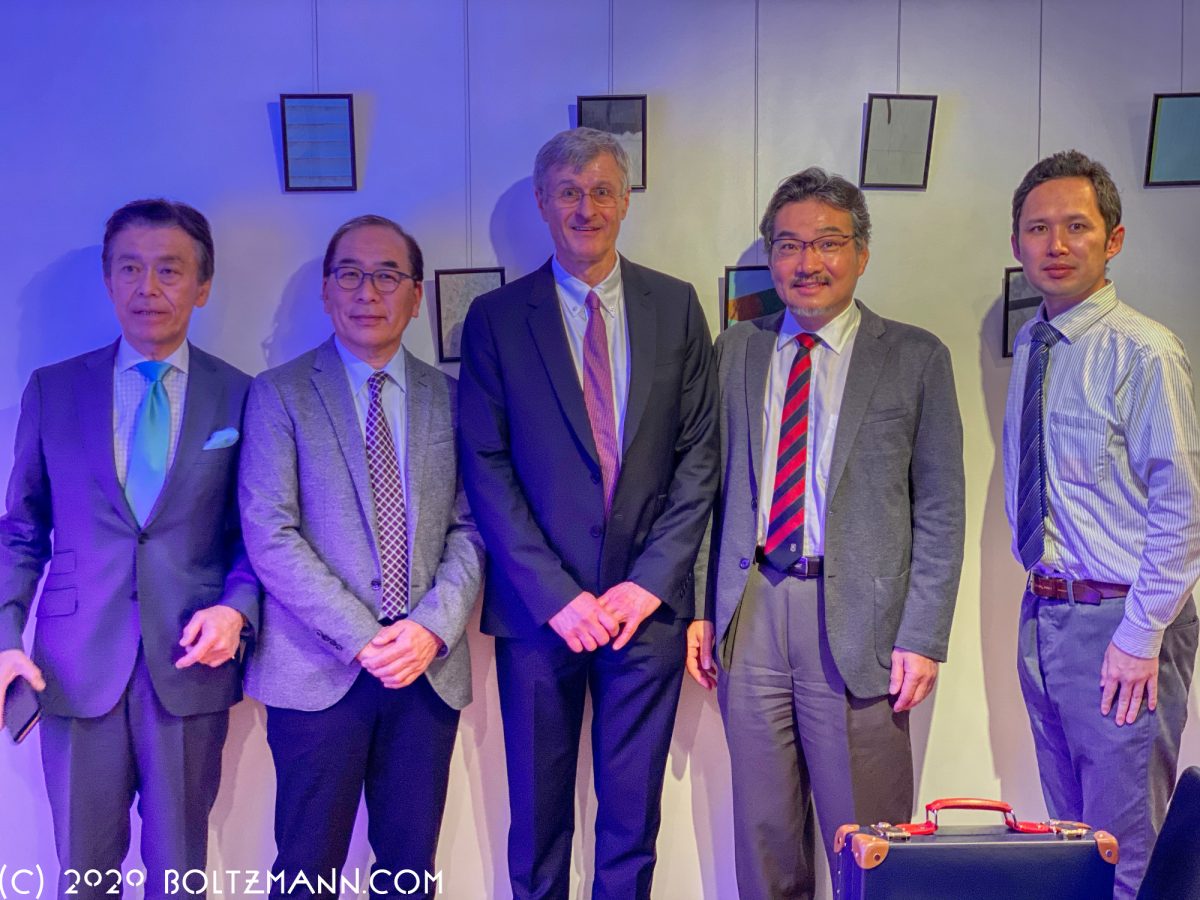
12th Ludwig Boltzmann Forum Tokyo 2020
Energy. Entropy. Leadership. Gerhard Fasol, Chair and Producer. 12th Ludwig Boltzmann Forum 2020, Thursday 20 February 2020 at the Embassy of Austria, Tokyo. Program click on links below to read summaries of keynote talks and see photographs Welcome by the Ambassador of Austria, Hubert Heiss. Gerhard Fasol, CEO and Founder, Eurotechnology Japan KK, Guest-Professor Kyushu…
-
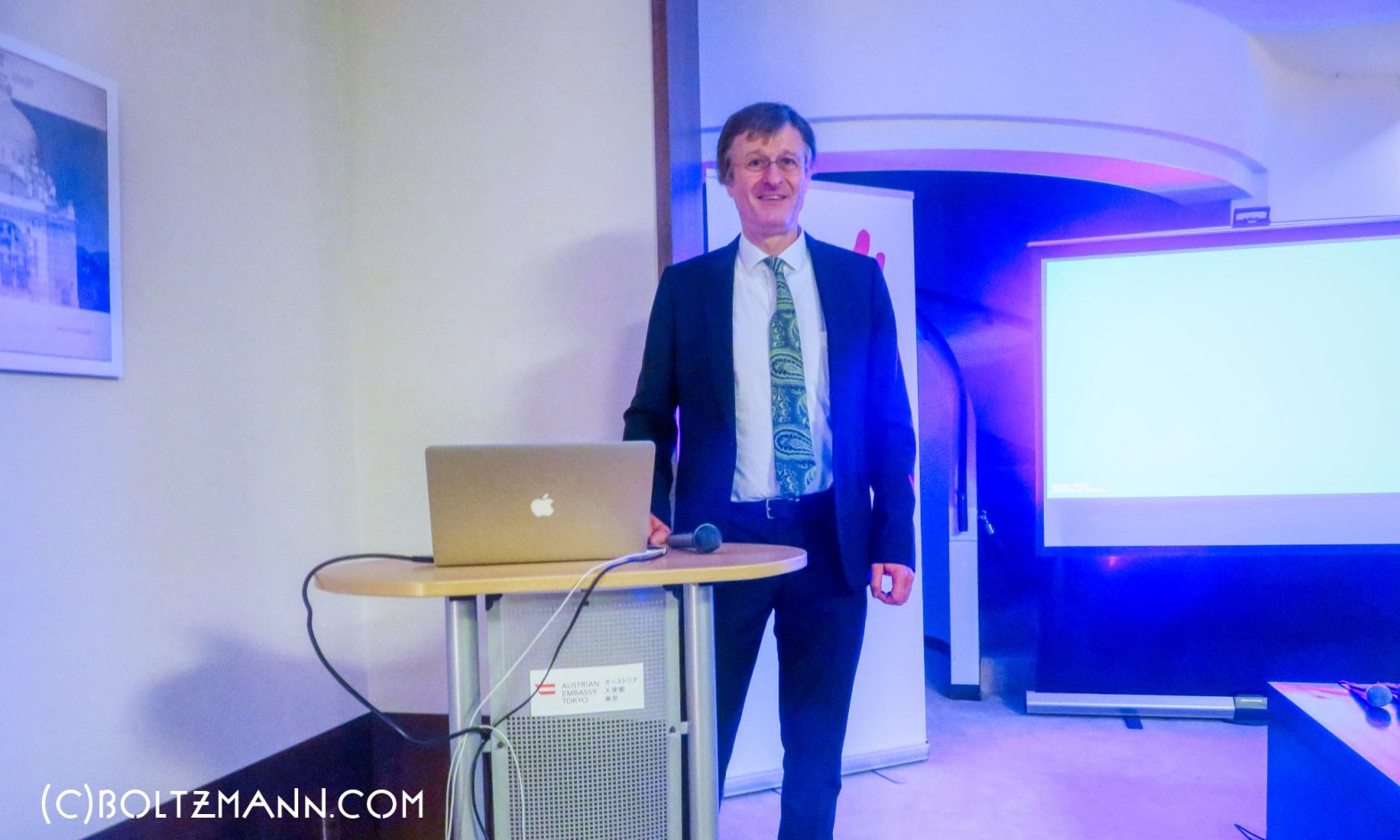
Gerhard Fasol: today’s agenda. Entropy, information and Ludwig Boltzmann – and Japan’s economic growth
Gerhard Fasol: today’s agenda. Entropy, information and Ludwig Boltzmann – and Japan’s economic growth, 12th Ludwig Boltzmann Forum, 20 February 2020 Gerhard Fasol, CEO , Eurotechnology Japan KK. Guest Professor, Kyushu University, former faculty Cambridge University, and Trinity College, and Tokyo University Purpose of the Ludwig Boltzmann Forum Today’s program: Some of Japan’s top issues…
-
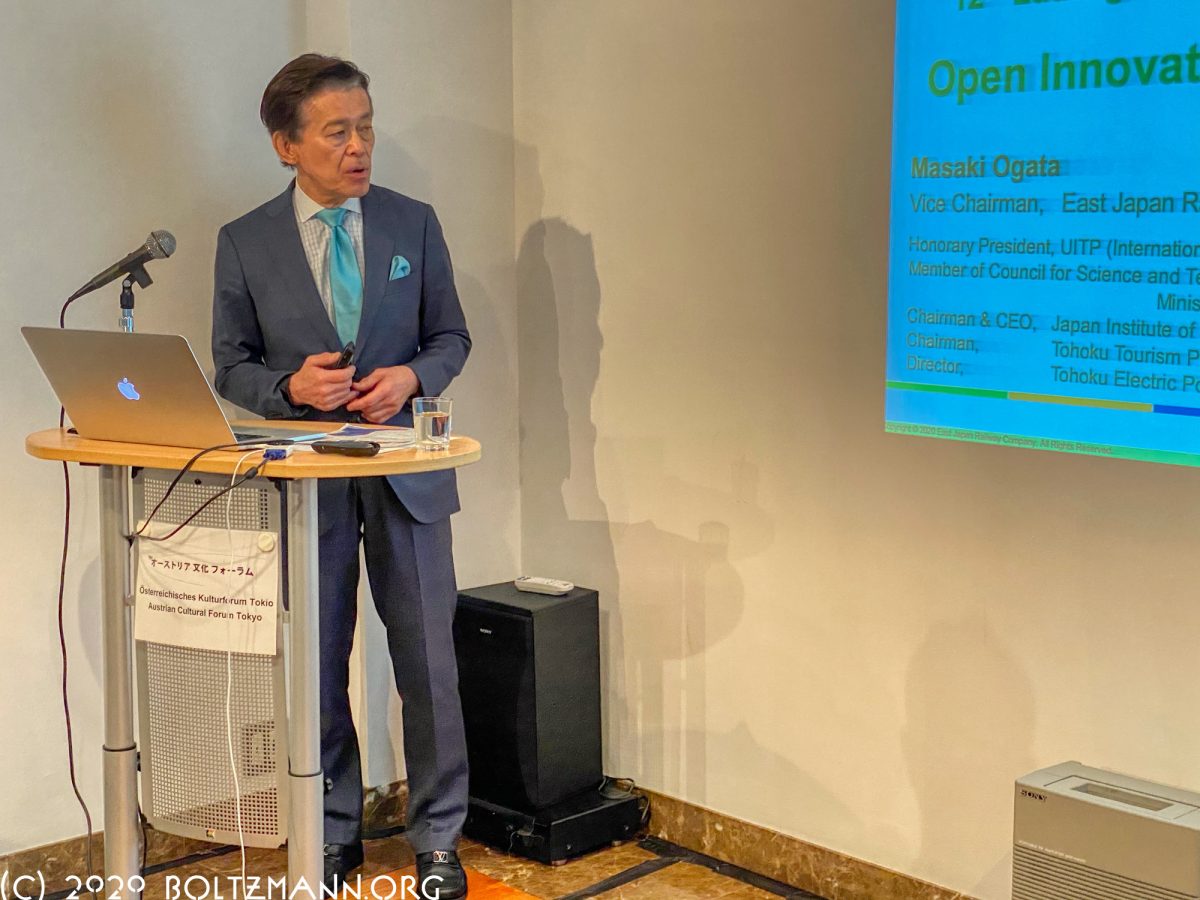
Masaki Ogata: Open Innovation and MaaS of JR East
Masaki Ogata: Open Innovation and MaaS of JR East 12th Ludwig Boltzmann Forum, 20 February 2020 Summary by Gerhard Fasol Masaki Ogata East Japan Railway Company, Board Director and Vice-Chairman, Executive Vice President of Technology & Overseas Related Affairs Honorary President, UITP (International Association of Public Transport) Member of Council for Science and Technology, Chairperson…
-
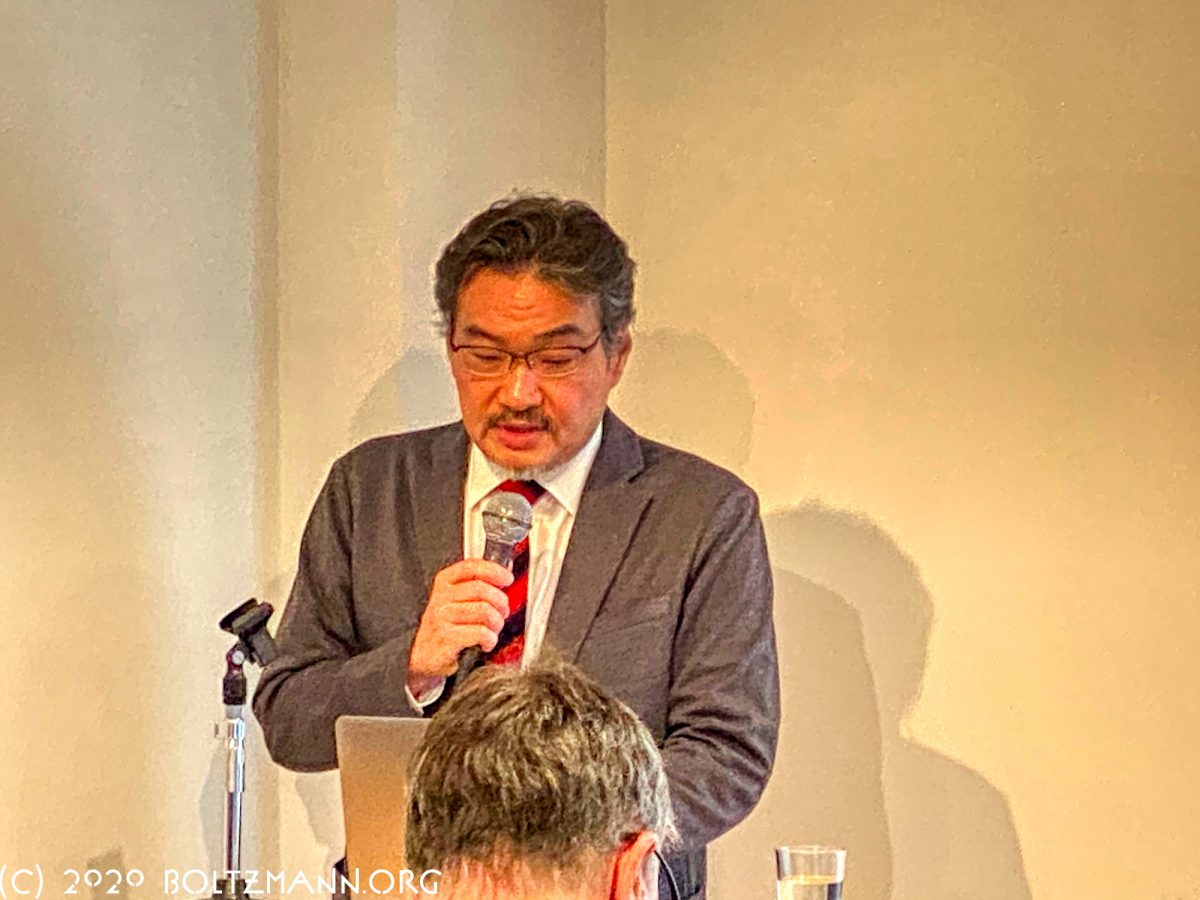
Masashi Yanagisawa: Solving the Mysteries of Sleep: Toward the Real-World Implementation of Sleep Science
Masashi Yanagisawa: Solving the Mysteries of Sleep: Toward the Real-World Implementation of Sleep Science, 12th Ludwig Boltzmann Forum, 20 February 2020 Masashi Yanagisawa, International Institute for Integrative Sleep Medicine (WPI-IIIS), Director, University of Tsukuba, Professor Professor Yanagisawa is founder and Director of the International Institute for Integrative Sleep Medicine (IIIS), which he founded and is…
-
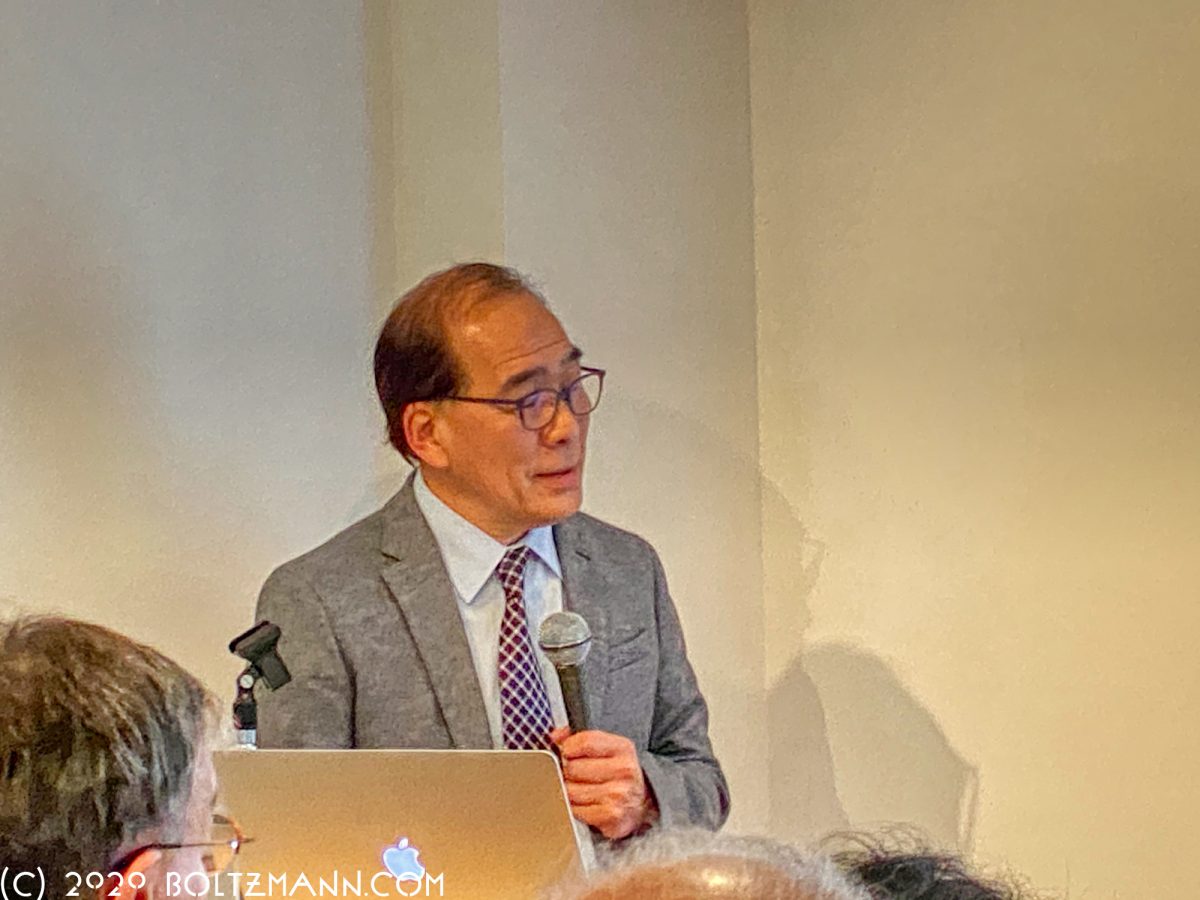
Hiromitsu Nakauchi: Stem cell technology and its potential for future medicine
Hiromitsu Nakauchi: Stem cell technology and its potential for future medicine, Ludwig Boltzmann Forum, 20 February 2020 Hiromitsu Nakauchi, Stanford University School of Medicine, Professor, and University of Tokyo, Project Professor, Divn. of Stem Cell Therapy, Institute of Medical Science Summary by Gerhard Fasol Summary: solving the shortage of organ donors and immune rejection with…
-
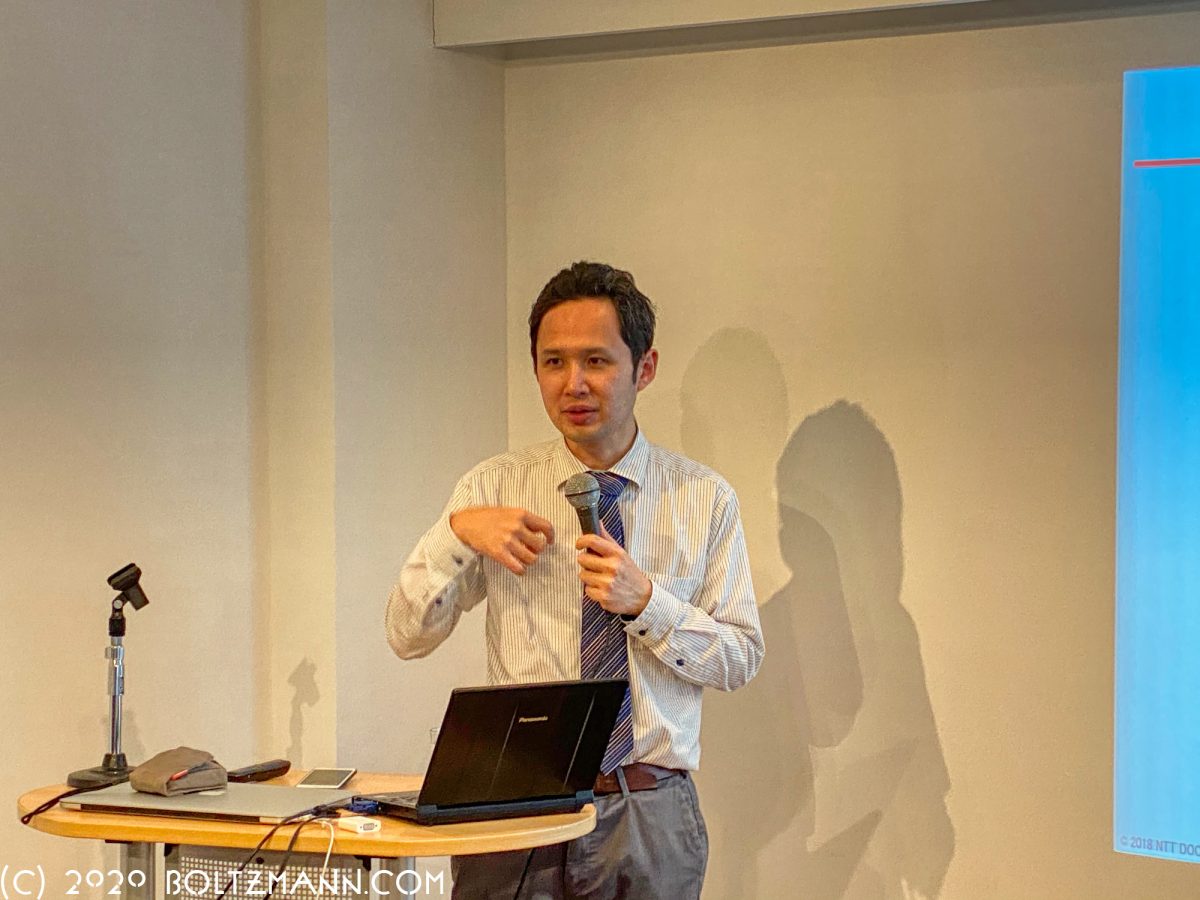
Satoshi Nagata: NTT DOCOMO’s activity towards 5G Evolution and 6G
From 5G to 6G, 12th Ludwig Boltzmann Forum, 20 February 2020 Satoshi Nagata, NTT DOCOMO Inc., 3GPP TSG RAN Vice Chairman Summary by Gerhard Fasol Summary: Docomo towards 5G evolution and 6G Satoshi Nagata gave us the first ever external talk by NTT DOCOMO about 6G. DOCOMO started 5G Services in Japan on March 25,…